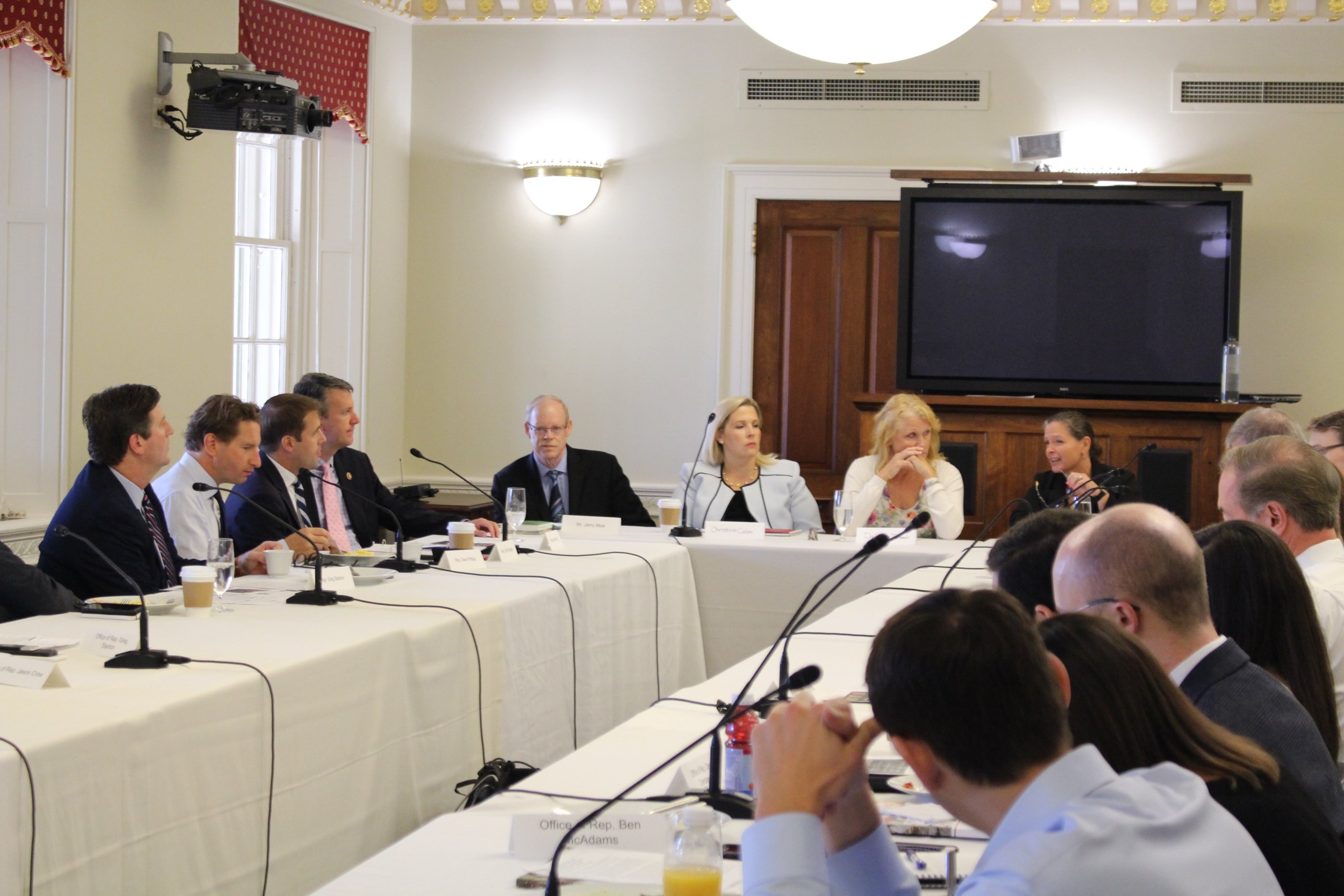|
EuroCRIS
'euroCRIS'' is an international not-for-profit association founded in 2002 in order to bring together experts on research information management and research information management systems ( CRIS). The euroCRIS Office is located in Nijmegen (Netherlands). euroCRIS maintains thCERIFstandard (for ''Common European Research Information Format'') to enable CRIS system interoperability. CERIF is endorsed by the European Commission and is developed and maintained by the CERIF Task Group of euroCRIS. The mission of euroCRIS is to foster cooperation and knowledge-sharing across the worldwide research information community and to promote interoperability of research information through the CERIF standard. Additional areas of activity also include – among others – the uptake of CRIS systems by various stakeholders, research information infrastructures on an institutional, regional, national and international level, best practices in system interoperability and the use and implementation ... [...More Info...] [...Related Items...] OR: [Wikipedia] [Google] [Baidu] |
Current Research Information System
A current research information system (CRIS) is a database or other information system to store, manage and exchange contextual metadata for the research activity funded by a research funder or conducted at a research-performing organisation (or aggregation thereof). CRIS systems are also known as Research Information Management or RIM Systems (RIMS). Features The data model underpinning a CRIS relies on a set of basic entities as defined by the Common European Research Information FormatCERIF) model maintained by the non-profit organisation euroCRIS. The links connecting these entities provide a standardised semantic layer that provides consistency to the data model. The basic CERIF entities are people, organisations, projects and outputs (publications, research data, patents). Further second-level entities in the comprehensive snapshot of research provided by CERIF are for instance funding, research facilities and equipment or skills. System interoperability lies at the core ... [...More Info...] [...Related Items...] OR: [Wikipedia] [Google] [Baidu] |
Comparison Of Research Networking Tools And Research Profiling Systems
Research networking (RN) is about using tools to identify, locate and use research and scholarly information about people and resources. Research networking tools (RN tools) serve as knowledge management systems for the research enterprise. RN tools connect institution-level/enterprise systems, national research networks, publicly available research data (e.g., grants and publications), and restricted/proprietary data by harvesting information from disparate sources into compiled profiles for faculty, investigators, scholars, clinicians, community partners and facilities. RN tools facilitate collaboration and team science to address research challenges through the rapid discovery and recommendation of researchers, expertise and resources. RN tools differ from search engines like Google in that RN tools access information in databases and other data not limited to web pages. They also differ from social networking systems in that they represent a compendium of data ingested from aut ... [...More Info...] [...Related Items...] OR: [Wikipedia] [Google] [Baidu] |
Data Modeling
Data modeling in software engineering is the process of creating a data model for an information system by applying certain formal techniques. Overview Data modeling is a process used to define and analyze data requirements needed to support the business processes within the scope of corresponding information systems in organizations. Therefore, the process of data modeling involves professional data modelers working closely with business stakeholders, as well as potential users of the information system. There are three different types of data models produced while progressing from requirements to the actual database to be used for the information system.Simison, Graeme. C. & Witt, Graham. C. (2005). ''Data Modeling Essentials''. 3rd Edition. Morgan Kaufmann Publishers. The data requirements are initially recorded as a conceptual data model which is essentially a set of technology independent specifications about the data and is used to discuss initial requirements ... [...More Info...] [...Related Items...] OR: [Wikipedia] [Google] [Baidu] |
Working Groups
A working group, or working party, is a group of experts working together to achieve specified goals. The groups are domain-specific and focus on discussion or activity around a specific subject area. The term can sometimes refer to an interdisciplinary collaboration of researchers working on new activities that would be difficult to sustain under traditional funding mechanisms (e.g., federal agencies). The lifespan of a working group can last anywhere between a few months and several years. Such groups have the tendency to develop a ''quasi-permanent existence'' when the assigned task is accomplished; hence the need to disband (or phase out) the working group when it has achieved its goal(s). A working group's performance is made up of the individual results of all its individual members. A team's performance is made up of both individual results and collective results. In large organisations, working groups are prevalent, and the focus is always on individual goals, performan ... [...More Info...] [...Related Items...] OR: [Wikipedia] [Google] [Baidu] |
